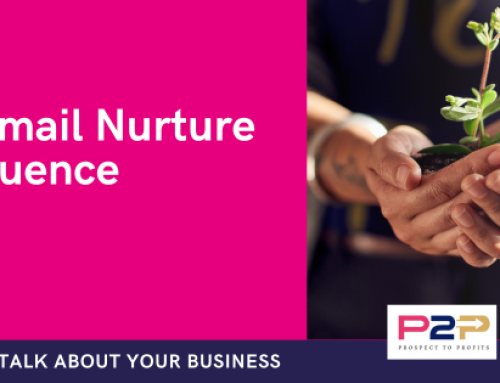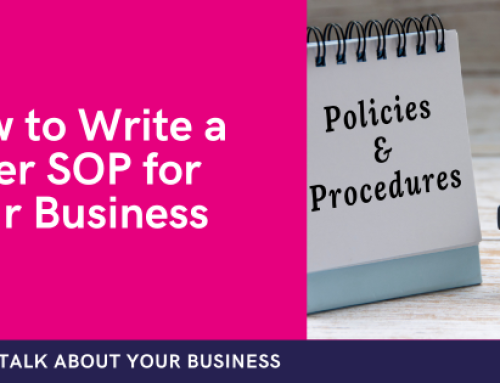Here are some tips to help you with presenting – especially if you are wanting to become a speaker.
It can be taught so it can be learnt. Everyone loves to listen, watch and learn from others and yes, be inspired by others. Is this something you’d want to do, aspire to do or already do a little/lot of but want to do more? If your training can be developed in the form of a story they will be able to remember, relate and recall at a later date.
People use stories when presenting – everyone can follow a story and relate to a story – it’s a great place to start. What’s your story? Is it a dream you had, is it how you overcame something, achieved something ‘great’ or for you, is it just a story that others love to listen to and learn more about?
There are many techniques to make your story ‘better’; how you move, the words you use, the pace, the tone, the links, the ‘learning’ and your audience. Depending on your story will depend on the audience; not everyone will be ‘your’ audience as its message may only appeal to a selection.
Plan your story. Make sure it’s got a start, middle and end. Inject feeling and emotions to carry your audience along with you. Is there a message? If so, make it clear and enable your audience to learn from your journey too.
Practice your story. Rehearsing will enable you to fine tune and get your timing right (no-one likes someone that goes on and on or under-runs leaving big gaps in the programme). This will also enable you to edit accordingly – adding extra content or reducing content to fit a particular timed slot. The practice will also help the story to flow and you to feel more confident in your delivery which in turn gives a more professional delivery and better experience for the audience.
Eye contact is essential. Initially you may find this difficult to maintain as it may distract you if you become self-conscious of your performance; those niggles and doubts of your authenticity maybe, or your value to your audience in the early days. With a smaller audience it is cosier, more personal and that may increase your fears (can they see your hands shaking?). A great tip is to look at their hair line rather than their eyes; including the audience is critical to bring them into your story; feel what you feel, smell what you smell, be where you are in their minds eye but also gives you great feedback when they nod, gasp, widen their eyes, etc as your story unfolds.
Record/video yourself; listen and watch yourself in the privacy of your own home! See what others see, hear your voice and watch for those mannerisms that you didn’t know you had! Only when you are comfortable with your voice, your story, your stance; will you be able to relax and deliver to your audience.
Repeat the experience. After the first time you will be on a high, buzzing from the experience but may actually think ‘Never Again’. Those initial nerves will reduce but should always be there – they show you are bothered, you care and that is good for your inner motivation and delivery. Your story can evolve for different audiences, different messages, different keynote speeches and you will then be booked again and again.
Good luck and enjoy – it is possible.
Employing staff is a whole new ball game with its own set of rules. Working with a VA is an option that a great many business people are turning to. Check out my book on How to Hire a Virtual Assistant. Available on Amazon by clicking here.
Learn how you can work with Virtual Hand; how your business can grow and how you can communicate better with your audience.




